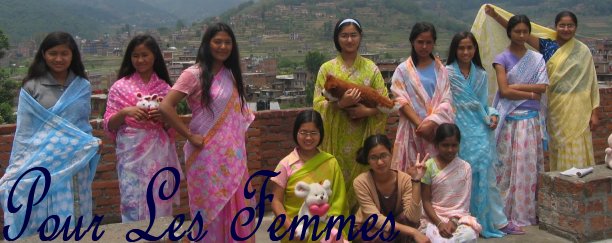Bulgaria celebrates Friday, May 6, the Day of Saint George the Victorious, and the Day of the Bulgarian Army.
May 6 was pronounced Day of the Bulgarian army with a decision of the Bulgarian Cabinet in 1993. Since 1998 it has been marked as a national holiday, and non-working day.
Army Valor Day events are scheduled to take place around the country, including a national army parade in downtown Sofia.
On the sidelines of the celebrations of the Day of Bulgarian army, May 6 marks also the national feast Gergyovden, the day of one of the most popular saints - St. George, who is among the few venerated by Christians and Muslims alike.
The holy martyr St. George the Victor has been considered one of the most important Saints ever since Christianity became the official state religion in Bulgaria in the 9th century.
St. George’s Day - GERGJOVDEN is a holiday in honor of St. George who is the patron of shepherds and herds. This holiday has a lot of rituals connected to various spheres of Bulgarian life. The typical cattle rituals are interwoven with rituals connected with agriculture, health and wellbeing. In the spring night before the holiday lasses and girls gather flowers and herbs from the fields for the ritual feeding of the sheep and cattle. Three wreaths are made from the flowers: one for the sheep that will be milked first, one for the lamb that will be given as a sacrifice for the saint and one for the bucket with milk in it. The homes and the cattle sheds are decorated with green spring leaves. The shepherds take the herds out for a grazing before sunrise and when they come back a ritual milking is performed.
A lamb is slaughtered on Gergjovden as a sacrifice to the patron saint. A big table for the whole village is set on the green fields in front of the churchyard, outside the village or near the cattle sheds. Other ritual meals are put on the table except for the roasted lamb. The Gergjovden bread has a special place on the table. In the Eastern parts of Bulgaria the young girls stand up next to the table so that the hemp goes tall.
The Gergjovden sacrifice: The first born male lamb is chosen for that ritual. They put a flower on it, a candle is put on the right horn and it id lit before the slaughtering. In Southern Bulgaria they slaughter the lamb in the garden under a fertile tree and they leave the blood to get soaked in the ground and in Western Bulgaria the slaughtering is done near a river where the blood runs out into the water. It is believed that the blood has protecting powers. They make a blood cross on the children’s forehead to keep the evil eyes away. The bones are gathered and are buried in an anthill after the holiday so that the sheep become as much as the ants or they are thrown away in the river so that the milk start running like water. The whole Gergjovden lamb is roasted and a green spray is put on it.
Gergjovden bread: Bogovitsa, kravaj, kolak, a loaf for St. George, Communion Bread, ovcharnik, koshara (cattle shed), baltak, etc. – the preparation takes part the previous day. They are mixed together with new leaven for the sheep to have more milk. The water needed for the kneading of the breads (mulchana (silent) or tsvetana (with flowers) – has flowers and herbs in it) is carried by a young bride. The woman that is kneading the bread is dressed in clean clothes and wears a bunch of flowers tied with a red thread.
Church Holiday: The martyr saint George the Conqueror is honored by Christians and Muslims. He was the son of rich Christian parents and he himself becomes a great adherent of Christianity. He was decapitated in 288 during the time of the emperor Diocletian. St. George becomes the patron of wars and the army. Folk legends describe St. George as a man fighting with dragons.
Ritual table: roasted lamb, ritual breads, fresh milk, cheese made from that milk, yogurt, a milk and rice desert, garlic, boiled wheat, pastry with butter, pork brawn and eggs.







.jpg)

No comments:
Post a Comment